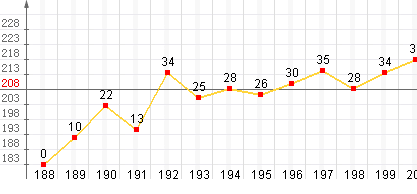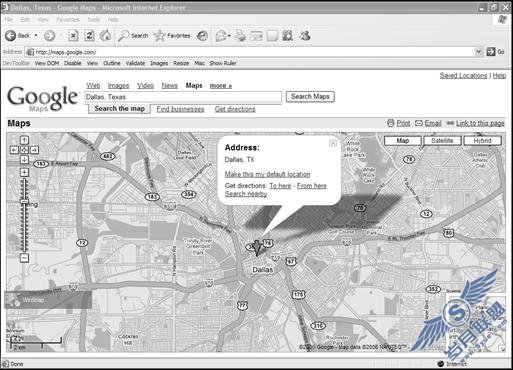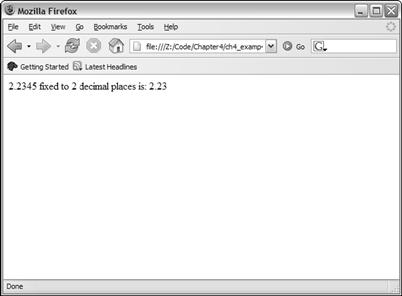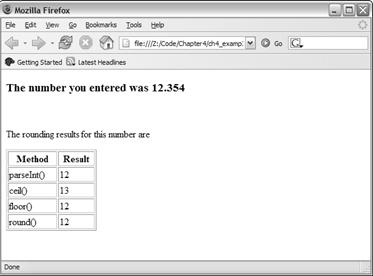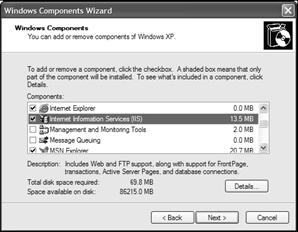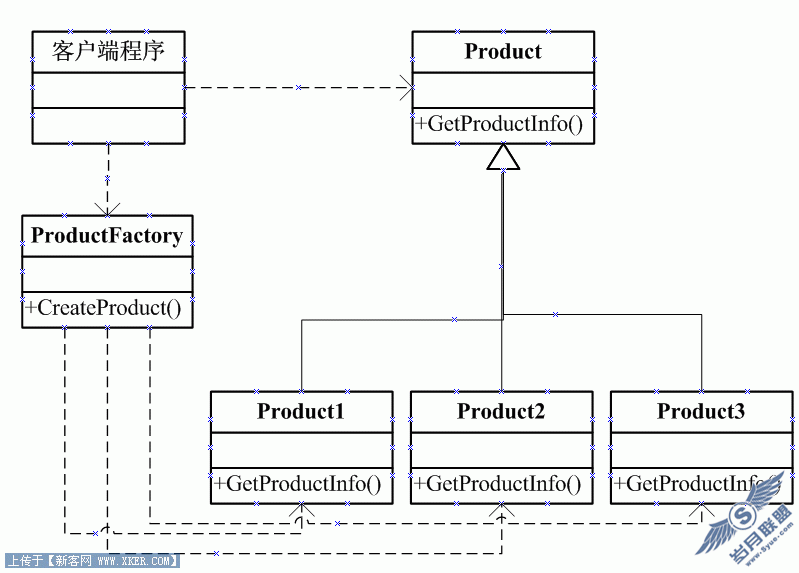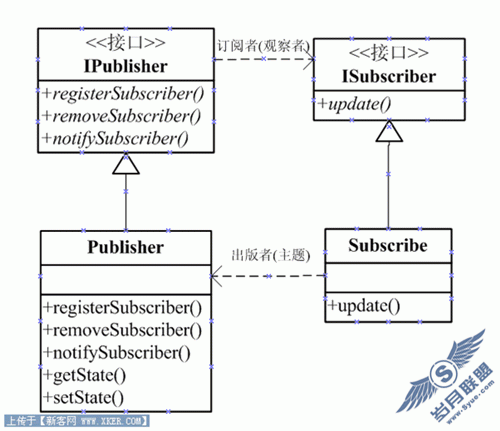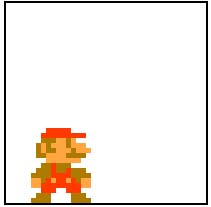jQuery UI Dialog创建友好的弹出对话框
jQuery UI Dialog是jQuery UI的弹出对话框组件,使用它可以创建各种美观的弹出对话框;它可以设置对话框的标题、内容,并且使对话框可以拖动、调整大小、及关闭;平常主要用来替代浏览嚣自带的alert、confirm、open等方法。
主要参数
jQuery UI Dialog常用的参数有:
1. autoOpen:默认true,即dialog方法创建就显示对话框
2. buttons:默认无,用于设置显示的按钮,可以是JSON和Array形式:
1. {"确定":function(){},"取消":function(){}}
2. [{text:"确定", click: function(){}},{text:"取消",click:function(){}}]
3. modal:默认false,是否模态对话框,如果设置为true则会创建一个遮罩层把页面其他元素遮住
4. title:标题
5. draggable:是否可手动,默认true
6. resizable:是否可调整大小,默认true
7. width:宽度,默认300
8. height:高度,默认"auto"
其他一些不太常用的参数:
1. closeOnEscape:默认true,按esc键关闭对话框
2. show:打开对话框的动画效果
3. hide:关闭对话框的动画效果
4. position:对话框显示的位置,默认"center",可以设置成字符串或数组:
1. 'center', 'left', 'right', 'top', 'bottom'
2. ['right','top'],通过上面的几个字符串组合(x,y)
3. [350,100],绝对的数值(x,y)
5. minWidth:默认150,最小宽度
6. minHeight:默认150,最小高度
使用方法:
$("...").dialog({
title: "标题",
//...更多参数
});
主要方法
jQuery UI Dialog提供了一些方法来控制对话框,仅列出常用的:
1. open:打开对话框
2. close:关闭对话框(通过close不会销毁,还能继续使用)
3. destroy:销毁对话框
4. option:设置参数,即前面列出的参数
使用的时候作为dialog方法的参数:
var dlg = $("...").dialog({
//...各种参数
});
dlg.dialog("option", { title: "标题" }); // 设置参数
dlg.dialog("open"); // 使用open方法打开对话框
主要事件
jQuery UI Dialog提供了一些事件,比如打开、关闭对话框的时候做一些额外的事情:
1. open:打开时
2. close:关闭时
3. create:创建时
4. resize:调整大小时
5. drag:拖动时
使用方法同参数的使用方法,比如在打开时隐藏关闭按钮:
$("...").dialog({
//...各种参数
open: function(event, ui) {
$(".ui-dialog-titlebar-close", $(this).parent()).hide();
}
});
具体使用
以下封装了一些常用的提示信息,不再详细解释:
jQuery.extend(jQuery, {
// jQuery UI alert弹出提示
jqalert: function(text, title, fn) {
var html =
'<div class="dialog" id="dialog-message">' +
' <p>' +
' <span class="ui-icon ui-icon-circle-check" style="float: left; margin: 0 7px 0 0;"></span>' + text +
' </p>' +
'</div>';
return $(html).dialog({
//autoOpen: false,
resizable: false,
modal: true,
show: {
effect: 'fade',
duration: 300
},
title: title || "提示信息",
buttons: {
"确定": function() {
var dlg = $(this).dialog("close");
fn && fn.call(dlg);
}
}
});
},
// jQuery UI alert弹出提示,一定间隔之后自动关闭
jqtimeralert: function(text, title, fn, timerMax) {
var dd = $(
'<div class="dialog" id="dialog-message">' +
' <p>' +
' <span class="ui-icon ui-icon-circle-check" style="float: left; margin: 0 7px 0 0;"></span>' + text +
' </p>' +
'</div>');
dd[0].timerMax = timerMax || 3;
return dd.dialog({
//autoOpen: false,
resizable: false,
modal: true,
show: {
effect: 'fade',
duration: 300
},
open: function(e, ui) {
var me = this,
dlg = $(this),
btn = dlg.parent().find(".ui-button-text").text("确定(" + me.timerMax + ")");
--me.timerMax;
me.timer = window.setInterval(function() {
btn.text("确定(" + me.timerMax + ")");
if (me.timerMax-- <= 0) {
dlg.dialog("close");
fn && fn.call(dlg);
window.clearInterval(me.timer); // 时间到了清除计时器
}
}, 1000);
},
title: title || "提示信息",
buttons: {
"确定": function() {
var dlg = $(this).dialog("close");
fn && fn.call(dlg);
window.clearInterval(this.timer); // 清除计时器
}
},
close: function() {
window.clearInterval(this.timer); // 清除计时器
}
});
},
// jQuery UI confirm弹出确认提示
jqconfirm: function(text, title, fn1, fn2) {
var html =
'<div class="dialog" id="dialog-confirm">' +
' <p>' +
' <span class="ui-icon ui-icon-alert" style="float: left; margin: 0 7px 20px 0;"></span>' + text +
' </p>' +
'</div>';
return $(html).dialog({
//autoOpen: false,
resizable: false,
modal: true,
show: {
effect: 'fade',
duration: 300
},
title: title || "提示信息",
buttons: {
"确定": function() {
var dlg = $(this).dialog("close");
fn1 && fn1.call(dlg, true);
},
"取消": function() {
var dlg = $(this).dialog("close");
fn2 && fn2(dlg, false);
}
}
});
},
// jQuery UI 弹出iframe窗口
jqopen: function(url, options) {
var html =
'<div class="dialog" id="dialog-window" title="提示信息">' +
' <iframe src="' + url + '" frameBorder="0" style="border: 0; " scrolling="auto" width="100%" height="100%"></iframe>' +
'</div>';
return $(html).dialog($.extend({
modal: true,
closeOnEscape: false,
draggable: false,
resizable: false,
close: function(event, ui) {
$(this).dialog("destroy"); // 关闭时销毁
}
}, options));
},
// jQuery UI confirm提示
confirm: function(evt, text, title) {
evt = $.event.fix(evt);
var me = evt.target;
if (me.confirmResult) {
me.confirmResult = false;
return true;
}
jQuery.jqconfirm(text, title, function(e) {
me.confirmResult = true;
if (e) {
if (me.href && $.trim(me.href).indexOf("javascript:") == 0) {
$.globalEval(me.href);
me.confirmResult = false;
return;
}
var t = me.type && me.type.toLowerCase();
if (t && me.name && (t == "image" || t == "submit" || t == "button")) {
__doPostBack(me.name, "");
me.confirmResult = false;
return;
}
if (me.click) me.click(evt);
}
return false;
});
return false;
}
});
以上代码还存在一个问题,就是每次弹出框关闭之后都没有销毁。
解决办法有(具体不演示):
1. 在close事件里面destroy
2. 把alert/confirm提供里的dialog实例设置成静态的
3. 在外部调用使用单个dialog实例
演示程序
html代码如下:
<div>
<input type="button" id="button1" value="普通提示" />
<input type="button" id="button2" value="自动关闭提示" />
<input type="button" id="button3" value="确认提示" />
<input type="button" id="button4" value="确认提示2" />
<input type="button" id="button5" value="打开窗口" />
</div>
相应js代码如下:
$(function() {
$("#button1").click(function() {
$.jqalert("这是普通提示!");
});
$("#button2").click(function() {
$.jqtimeralert("这是自动关闭的提示!", "自动关闭提示",
function() {
$.jqalert("时间到");
});
});
$("#button3").click(function() {
$.jqconfirm("确定要这么做吗?", "确认提示",
function() {
$.jqalert("点了确定");
},
function() {
$.jqalert("点了取消");
});
});
$("#button4").click(function(e) {
if ($.confirm(e, "确定要这么做吗?"))
$.jqalert("点了确定");
});
$("#button5").click(function(e) {
$.jqopen("http://lwme.cnblogs.com/", { title: "我的博客", width: 700, height: 500 });
});
});
对于服务器端控件使用confirm,可能需要如下方法:
$("#button4").click(function(e) {
if (!$.confirm(e, "确定要这么做吗?")) {
e.stopPropagation();
return false;
}
});
额外再提一下,jQuery UI使用的字体都是以em为单位,可能会导致平常使用时dialog变得比较大,可以额外设置以下样式:
body { font-size: 12px; } // 默认字体大小
/*jQuery UI fakes*/
.ui-widget { font-size: 1em; }
.ui-dialog .ui-dialog-buttonpane { padding-top: .1em; padding-bottom: .1em; }
这样子,dialog的大小看起来就比较正常了。
在Telerik RadControls for asp.net ajax中使用
主要是针对telerik RadButton控件,定义如下两个函数:
// 用于RadButton的confirm确认回调,即触发按钮点击
function radcallback(s) {
return Function.createDelegate(s, function(argument) {
if (argument) {
this.click();
}
});
}
// 用于为RadButton添加confirm提示
function radconfirm2(textOrFn, title, callback) {
return function(s, e) {
$.jqconfirm(textOrFn, title, callback || radcallback(s));
//radconfirm(textOrFn, callback, 280, 50, null, title);
e.set_cancel(true);
};
}
然后可以这样使用:
?
1 <telerik:RadButton ... OnClientClicking="radconfirm2('确定要这么做吗?')" />
摘自 囧月

